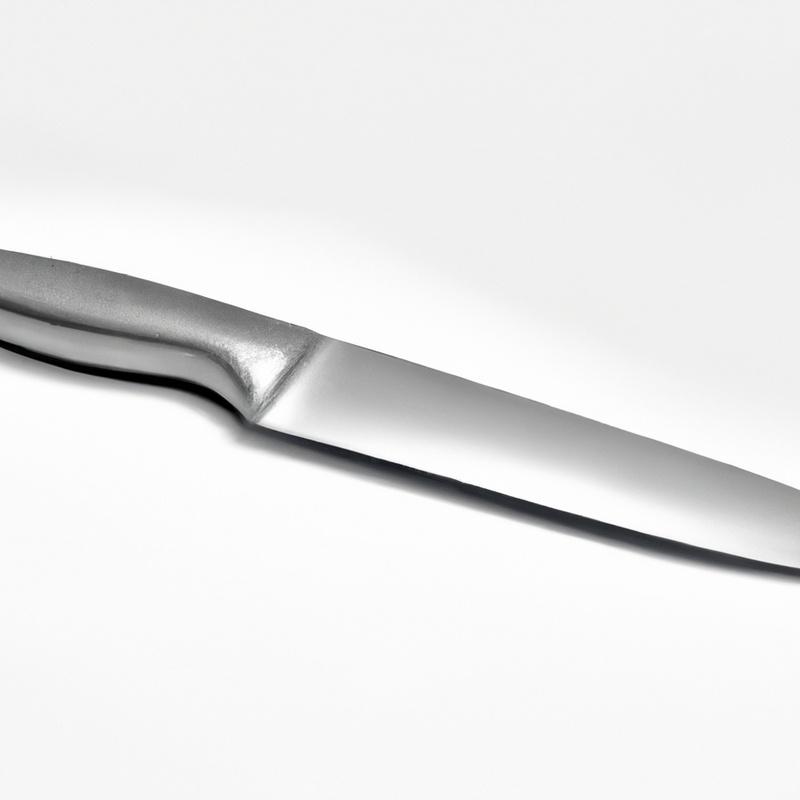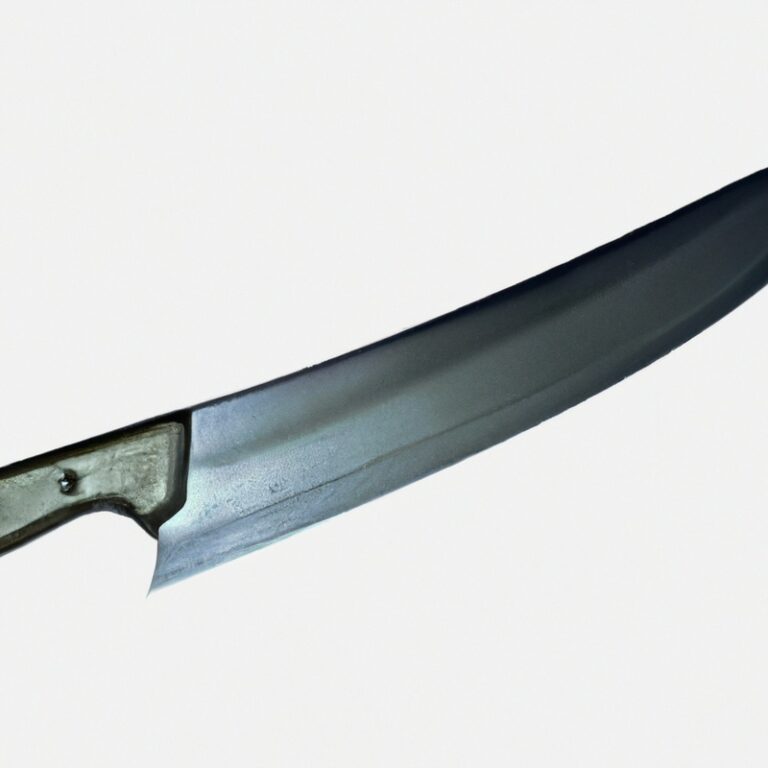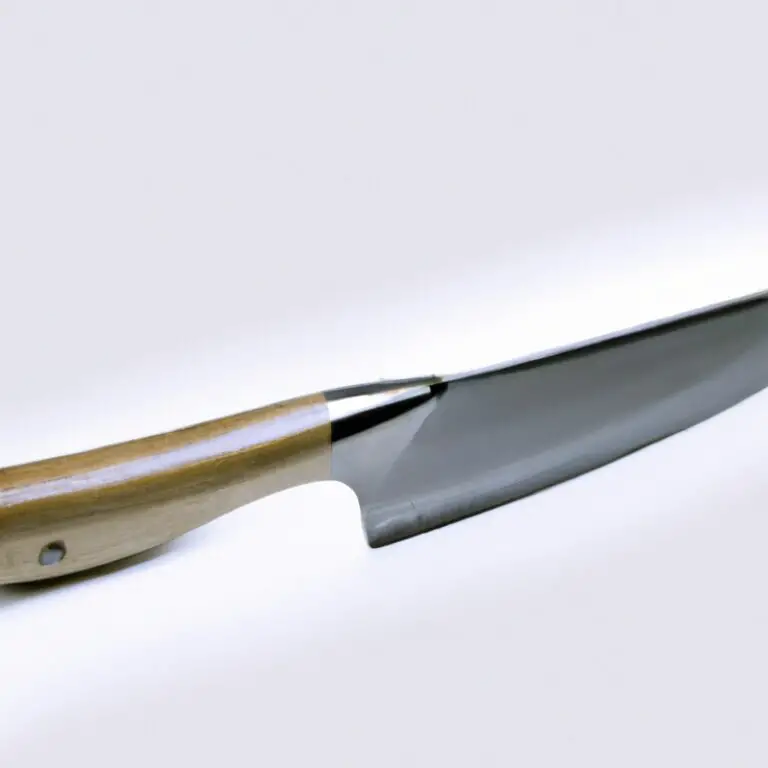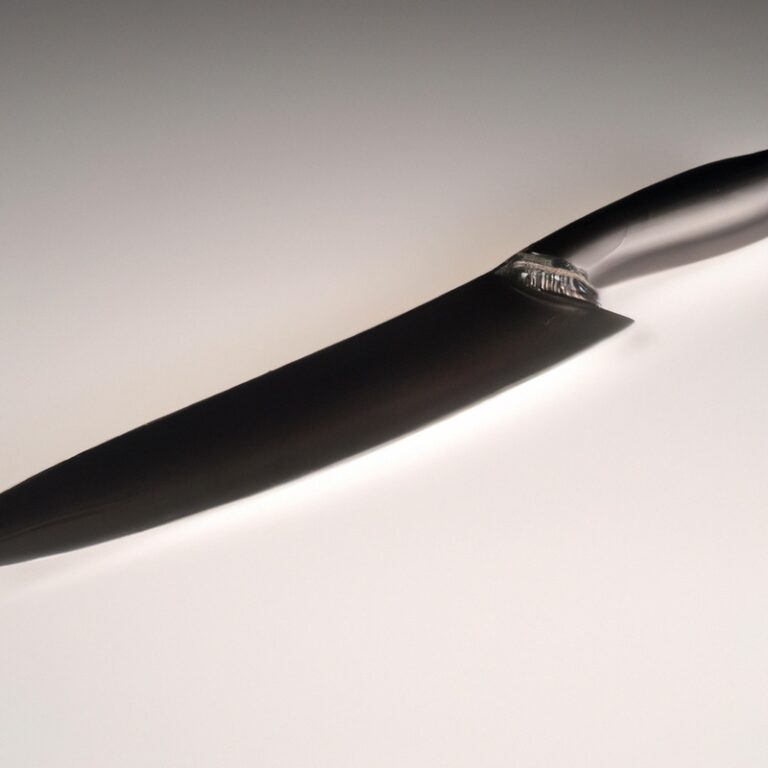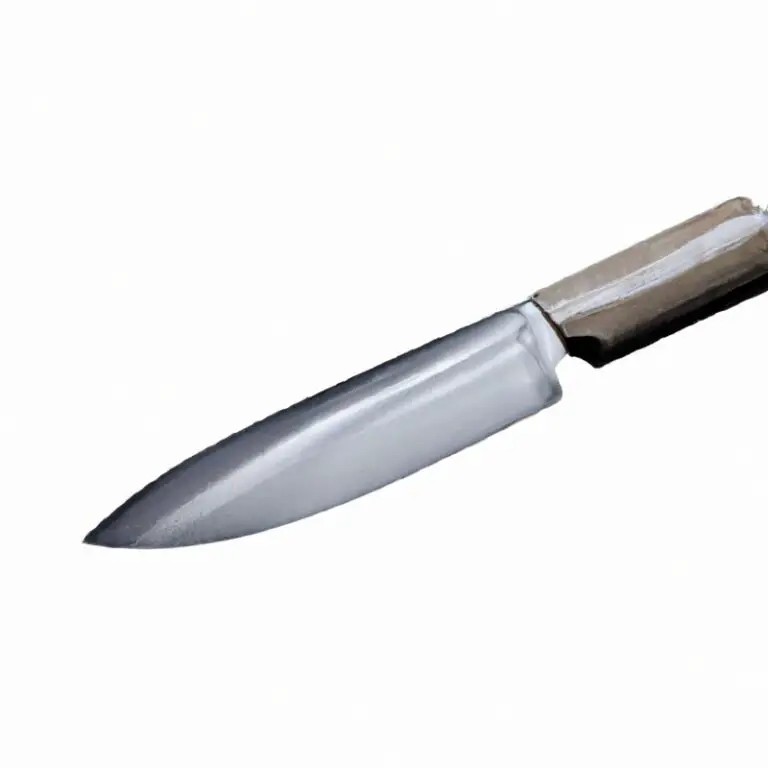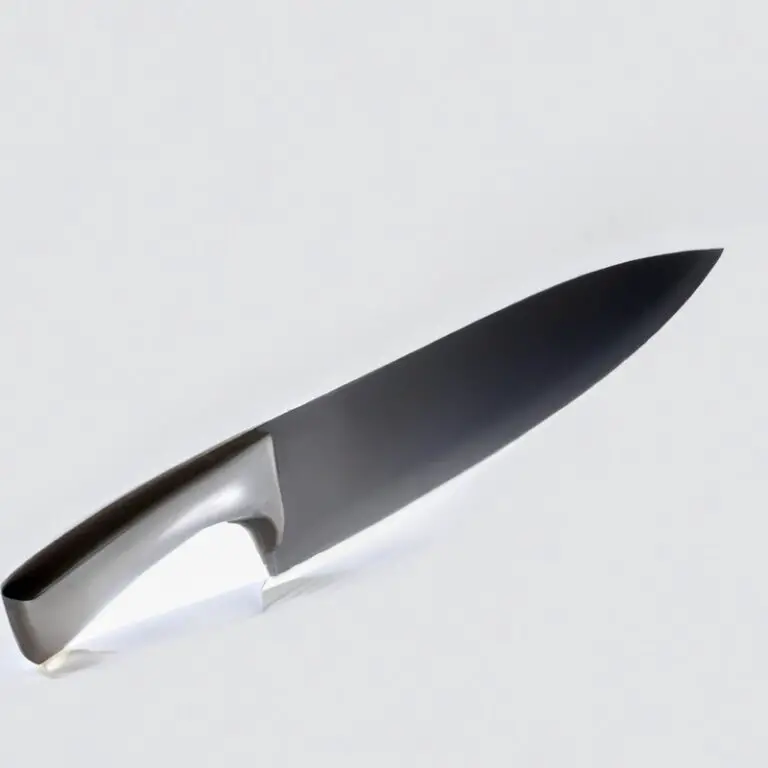What Is The Role Of Tungsten In Knife Steel?
Key Takeaways:
- Tungsten enhances the hardness and wear resistance of knife steel.
- Tungsten helps to improve the edge retention of knives.
- Tungsten contributes to the overall toughness and strength of knife steel.
- Tungsten is a crucial element that helps knives maintain their performance and durability over time.
Are you someone who appreciates a quality knife?
One that stays sharp for longer, resists wear and corrosion, and is a true workhorse in the kitchen or out in the field?
If so, then you’ll be fascinated to learn about the crucial role that tungsten plays in enhancing the performance of knife steel.
Tungsten, a hard and dense metal, brings a host of benefits to knife blades, such as increased hardness, wear resistance, and edge retention.
It also plays a vital role in improving corrosion resistance and can even enhance machinability and heat treatment response.
Join me as we delve into the world of tungsten-rich knives and uncover the secrets behind their outstanding performance.
| Tungsten Role in Knife Steel | |
|---|---|
| Property | Role |
| Increased Hardness | Tungsten increases the hardness of knife steel, resulting in improved edge retention and wear resistance. |
| Enhanced Toughness | By increasing the toughness of knife steel, tungsten helps to prevent chipping and cracking during use. |
| Improved Corrosion Resistance | Tungsten aids in enhancing the corrosion resistance of knife steel, making it more resistant to rust and oxidation. |
| Effective Grain Refinement | Tungsten promotes the refinement of grain structure in knife steel, resulting in finer, more uniform carbide distribution and improved overall performance. |
| Stabilizing Carbon | Tungsten helps to stabilize carbon in knife steel, preventing the formation of unwanted carbides and ensuring consistent performance. |
The Effect of Tungsten on Knife Performance
Increased Hardness and Wear Resistance in Knife Blades due to Tungsten
Tungsten plays a significant role in enhancing the hardness and wear resistance of knife blades. Its presence in knife steel alloys strengthens the blade, making it more resistant to deformation and wear during use.
This increased hardness allows the blade to maintain its sharpness for longer periods, resulting in improved cutting performance.
Additionally, tungsten’s ability to form hard carbides contributes to its wear resistance, ensuring the blade can withstand repeated use without losing its edge. As a result, knives with a higher tungsten content are known for their durability and longevity in demanding cutting tasks.
Tungsten and its Contribution to Edge Retention
The Influence of Tungsten on Blade Sharpness and Longevity
Tungsten plays a significant role in enhancing blade sharpness and longevity. Its presence in knife steel increases hardness, which allows the blade to maintain a sharp edge for longer periods.
Tungsten also improves wear resistance, reducing the need for frequent sharpening.
This element contributes to superior cutting performance and durability, ensuring that your knife stays sharp and reliable even with heavy use. With tungsten-enriched blades, you can enjoy the benefits of long-lasting sharpness and a blade that can withstand demanding tasks.
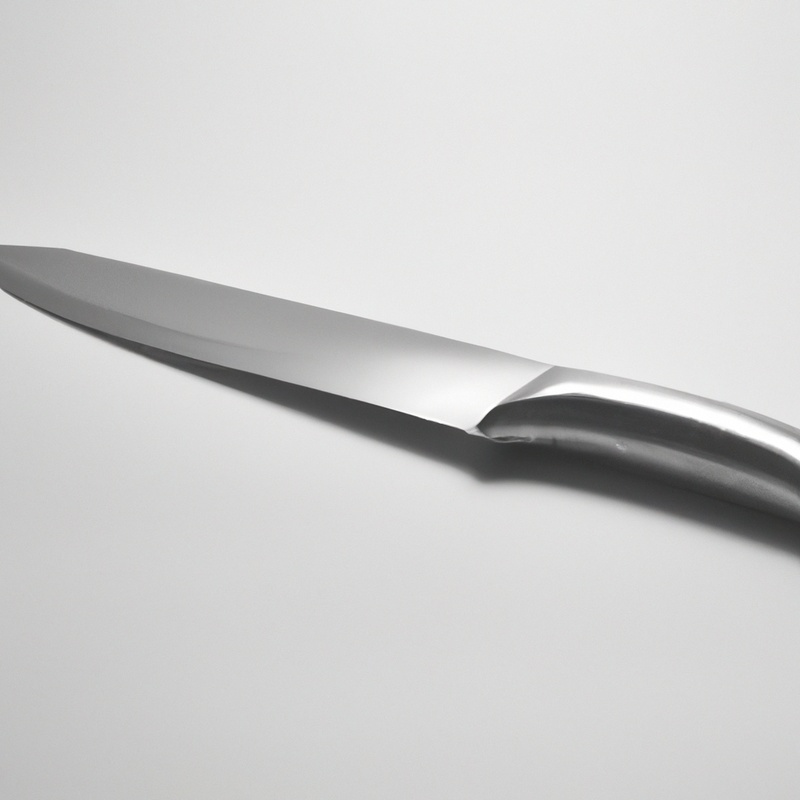
Tungsten’s Impact on Corrosion Resistance
Enhanced Rust Resistance in Knife Steel through Tungsten Content
Tungsten plays a significant role in enhancing the rust resistance of knife steel.
Its high density and strong atomic bonds make it less prone to corrosion, ensuring that knives retain their sharpness and durability, even in humid or corrosive environments.
Additionally, the presence of tungsten in knife steel helps to form a protective oxide layer on the surface, further inhibiting rust formation.
This makes tungsten an essential component for those seeking knives that can withstand the test of time and harsh conditions.
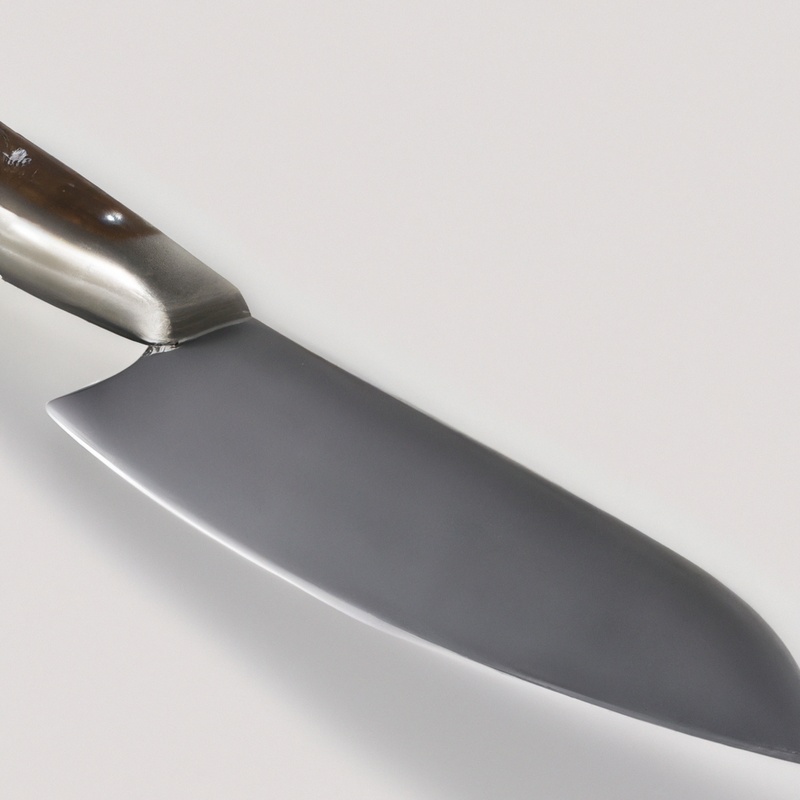
Tungsten in Knife Steel Alloys
Popular Knife Steels with High Tungsten Content
Popular knife steels that contain high levels of tungsten include:
- CPM S110V: Known for its exceptional wear resistance and edge retention, this steel is popular among knife enthusiasts and professionals.
- CTS XHP: With its high tungsten content, CTS XHP offers excellent toughness and corrosion resistance, making it suitable for a wide range of applications.
- M390: This steel combines tungsten with other elements to provide outstanding hardness, durability, and edge retention, making it a favorite among custom knife makers.
- Elmax: Recognized for its high wear resistance and excellent cutting performance, Elmax steel is commonly used in high-end knives for its ability to maintain a sharp edge.
These knife steels with high tungsten content offer superior hardness, wear resistance, and edge retention, making them ideal choices for those seeking top-notch performance in their knives.
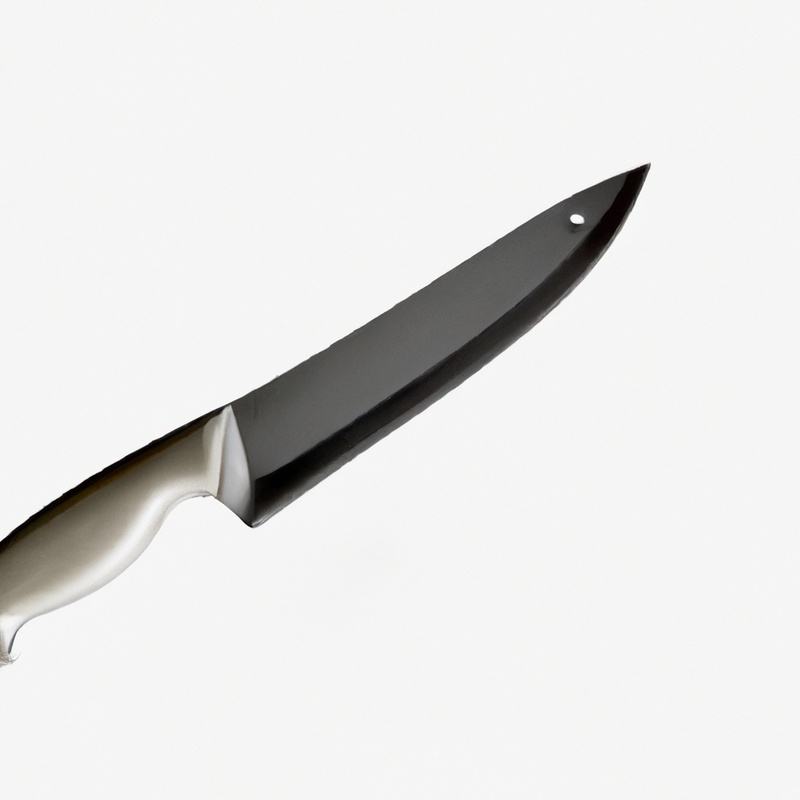
Other Benefits of Tungsten in Knife Steel
Improved Machinability and Heat Treatment Response
Tungsten plays a significant role in improving the machinability of knife steel.
It enhances the ability of the steel to be easily shaped and formed during the manufacturing process.
This makes it easier to craft intricate designs and achieve desired blade shapes.
Furthermore, tungsten contributes to the heat treatment response of knife steel.
It enhances the steel’s ability to retain its hardness and strength even after rigorous heat treatment processes.
This ensures that the blade maintains its sharpness and longevity, making it an excellent choice for knife enthusiasts.
Factors to Consider when Choosing a Tungsten-rich Knife
Balancing Tungsten with Other Elements for Optimal Performance
Balancing tungsten with other elements is essential for achieving optimal performance in knife steel. By carefully considering the composition of the steel, manufacturers can fine-tune the characteristics of the blade.
Tungsten can enhance hardness, wear resistance, edge retention, and corrosion resistance.
However, it’s crucial to strike the right balance with other elements to avoid potential drawbacks, such as increased cost, weldability issues, and challenges in sharpening. Experienced knife makers and steel producers meticulously select the right combination of elements to create high-performing knives for specific purposes.
Do All Knives Need Tungsten?
Appropriate Applications for Tungsten-enhanced Knife Steels
Tungsten-enhanced knife steels are suitable for a wide range of applications, particularly where durability and wear resistance are important. These steels are ideal for heavy-duty tasks such as chopping through tough materials, processing fibrous foods, and performing rigorous outdoor activities like hunting and camping.
Tungsten’s presence enhances the steel’s hardness, allowing for longer edge retention and improved performance over time.
Additionally, the corrosion resistance provided by tungsten can be beneficial in humid or wet environments. Whether you are a professional chef, an avid outdoors enthusiast, or simply someone who appreciates a high-quality knife, tungsten-enhanced knife steels are a reliable choice.
Potential Drawbacks of Tungsten in Knife Steel
Addressing Cost, Weldability, and Sharpening Challenges
Addressing cost, weldability, and sharpening challenges is important when considering tungsten in knife steel. Tungsten can increase the cost of the steel due to its high price.
Additionally, it can make the steel more difficult to weld, requiring specialized techniques.
When it comes to sharpening, tungsten-enriched blades may be harder to sharpen and require more effort. However, these challenges can be overcome with proper care and maintenance, using appropriate sharpening tools and techniques.
It’s essential to weigh the benefits of tungsten against these potential drawbacks to choose the right knife for your needs.
Final Verdict
Tungsten plays a crucial role in enhancing the performance of knife steel.
From increased hardness and wear resistance to improved edge retention and corrosion resistance, tungsten provides numerous benefits that every knife enthusiast should consider.
Popular knife steels with high tungsten content include CPM S30V and AUS-10.
While tungsten-rich knives require specific care and maintenance, they offer superior durability and cutting efficiency.
While not all knives require tungsten, its incorporation can greatly enhance the performance and longevity of the blade.
Despite some potential drawbacks, such as cost and sharpening challenges, the positive impact of tungsten in knife steel cannot be overlooked.
As an expert in the field, I strongly recommend considering tungsten-enriched knife steels for an elevated cutting experience.

